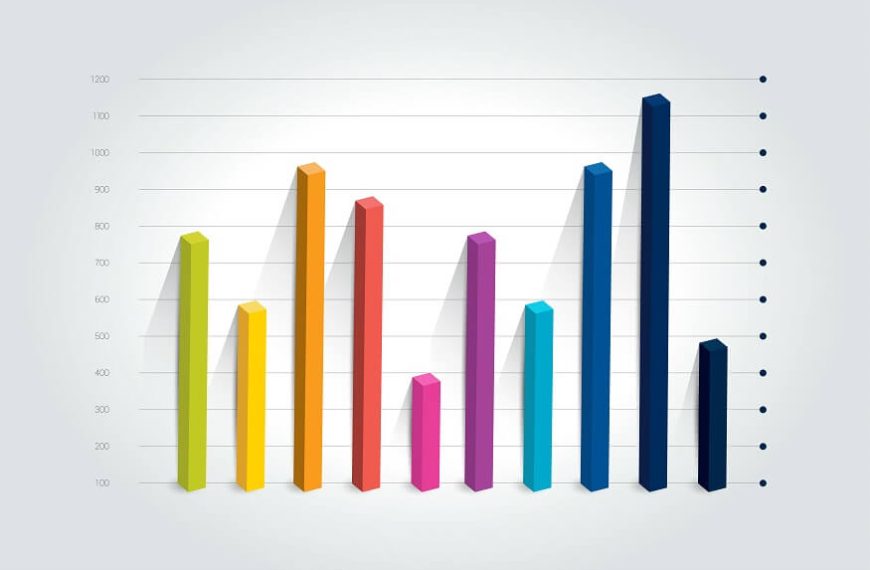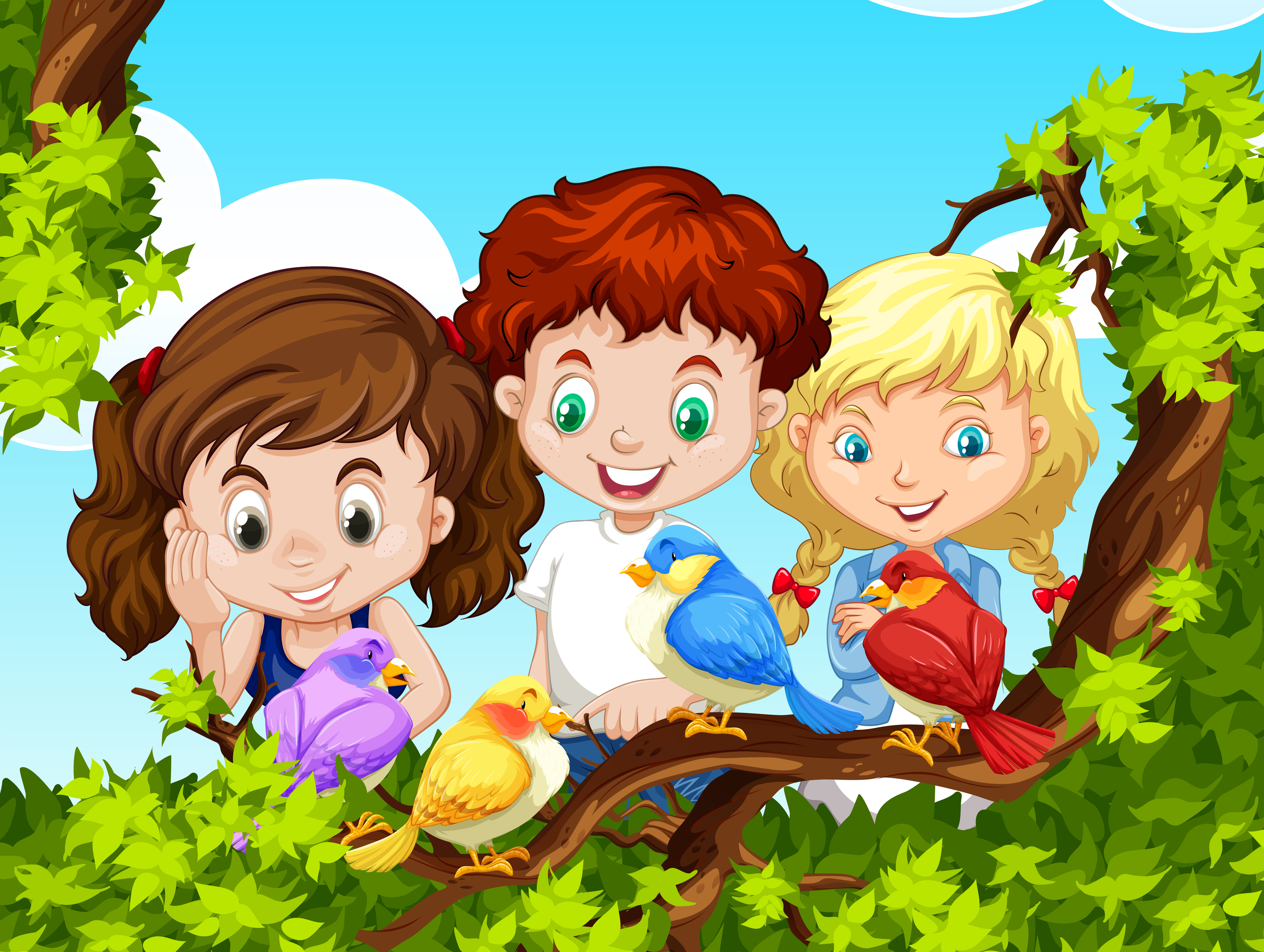In the colourful world of preschool education, teaching complex concepts like graphs and charts might seem like a daunting task. Yet, fear not, with a sprinkle of creativity and a dash of imagination, introducing these fundamental skills can be an exciting adventure for both educators and little learners.
In this blog post, we will explore a treasure trove of innovative and hands-on approaches to introduce preschoolers to the world of graphs and charts. So, grab your creative cap, and let us dive into a world where you can figure out how to teach line graphs, pie charts, and pie graphs to preschoolers in the most fascinating ways.
What are Graphing Skills?
Graphing skills are an essential foundation in a child’s early mathematical development. At its core, graphing involves the representation of data through visual elements such as charts, graphs, and pictographs. This skill set includes the ability to interpret and create different types of graphs, understand basic concepts like sorting, categorising, and counting, and ultimately derive meaningful information from visual representations.
Why is Graphing Important for Preschoolers?
Graphing holds significant importance in the early education of preschoolers for several reasons. Firstly, it serves as a tangible and visual way to represent and understand information, making abstract concepts more factual for young minds.
Moreover, graphing activities are inherently interactive and hands-on, encouraging fine motor skills as children handle and manipulate objects during the process. This kinesthetic approach to learning not only makes the educational experience more enjoyable but also accommodates various learning styles, ensuring that each child can grasp mathematical concepts in a way that suits their individual preferences.
Beyond academics, introducing graphing at an early age nurtures a positive attitude towards learning. It also sparks their curiosity and enthusiasm for learning, setting the stage for a lifelong love of mathematics.
How Do You Explain Graphing to Preschoolers?
Explaining graphing to preschoolers requires a gentle and interactive approach that aligns with their developmental stage. Begin by introducing the concept of a graph as a visual tool that helps organise and understand the information in a fun and interactive way.
Use relatable examples such as their favourite toys, snacks, or colours to make the idea more accessible. Start with simple terms like “more” and “less” to describe quantities. This not only introduces the concept of comparison but also lays the foundation for creating basic graphs.
Utilise visual aids such as pictures, drawings, or physical objects to represent data. Incorporate hands-on activities like sorting toys into different categories or arranging coloured blocks into groups. Reinforce the idea that each group or category represents a specific piece of information that can be shown on a graph.
Introduce basic graph types such as bar graphs or pictographs using familiar objects. You could use images of animals, shapes, or even their own drawings to create simple graphs. Emphasise the idea that the height or size of each bar or picture represents the quantity being measured.
Exciting Graphing Activities for Preschoolers
Try these creative ways to teach graphs and charts to preschoolers, making the learning process enjoyable and memorable.
- Storytelling with Data:
- Graphing with Stickers:
- Outdoor Graph Exploration:
- Food Graphs:
- Dance and Move Graphs:
- DIY Pictographs:
- Graphing with Technology:
- Weather Chart:
- Shoe Size Line Graph:
- Toy Tally Chart:
Transforming data into a captivating story is a fantastic way to engage preschoolers. Create simple stories using characters or objects they love, and incorporate basic graphs or charts to represent different aspects of the tale. For example, use a bar graph to illustrate the number of fruits each character has or a pie chart to show their favourite colours.
Preschoolers love stickers, and you can leverage this enthusiasm to teach graphing. Provide each child with a sheet of stickers featuring various shapes, colours, or themes. Encourage them to create their graphs by sticking the stickers onto a large chart paper. This hands-on approach not only reinforces graphing skills but also allows them to explore their creativity.
By carrying out graphing exercises outside of the classroom, you can extend the learning process for the young ones. Use natural elements like leaves, flowers, or pebbles to create a graph on the playground. For instance, arrange leaves to represent different colours and shapes, this will introduce the concepts of sorting and categorising.
Combine maths with a tasty treat by incorporating food into graphing activities. Use snacks like colourful candies, fruit slices, or crackers to create edible graphs. Children can graph their favourite snacks, promoting counting, sorting, and, of course, enjoying a delicious hands-on learning experience. This activity combines their delicious snack with learning graphing skills.
Preschoolers are full of energy, so why not incorporate movement into graphing activities? Create a dance and move graph by assigning different dance moves to specific categories. As children perform their favourite moves, record and graph the data. This not only makes learning fun but also helps with gross motor skills.
Converting data into pictures helps preschoolers visualise information better. Introduce the concept of pictographs by allowing children to draw and colour their representations on a chart. For instance, if discussing favourite animals, let them draw their chosen animals and display them in a collective pictograph.
You can also use technology as a learning tool by using interactive apps and games that teach graphing concepts. Several apps are designed specifically for preschoolers, offering visually appealing and interactive graphing activities that make learning enjoyable and educational.
Create a weather chart that tracks the daily weather conditions. Use pictures or symbols to represent sunny, cloudy, rainy, or snowy days. Children can update the chart daily, encouraging an understanding of time and weather patterns.
Measure and compare the shoe sizes of all the preschoolers in the class. Create a line graph with shoes arranged from smallest to largest. This not only introduces the concept of measurement but also provides a visual representation of size differences.
Ask your child to choose a set of their favourite toys. Create a tally chart on paper or a whiteboard, with each toy represented by a tally mark. This simple introduction to tallying helps develop counting skills and lays the foundation for more complex graphing concepts.
In the vibrant world of preschool education, the journey of teaching graphs and charts becomes an exciting adventure, filled with creativity, curiosity, and joy. Engaging preschoolers in above mentioned activities can spark a passion for learning that extends beyond the classroom. So, let the creativity flow, and watch your preschoolers venturing on an exciting journey of graphing discovery.
EuroKids, a premier playschool, is a shining beacon for creative early childhood education. With a commitment to providing a nurturing and stimulating environment, EuroKids understands the importance of blending academic fundamentals with creativity. Here, we incorporate imaginative graphing exercises in the curriculum to help preschoolers develop a lifelong love of learning in addition to preparing them for academic achievement.
Enrol your kids today and let the adventure begin!












